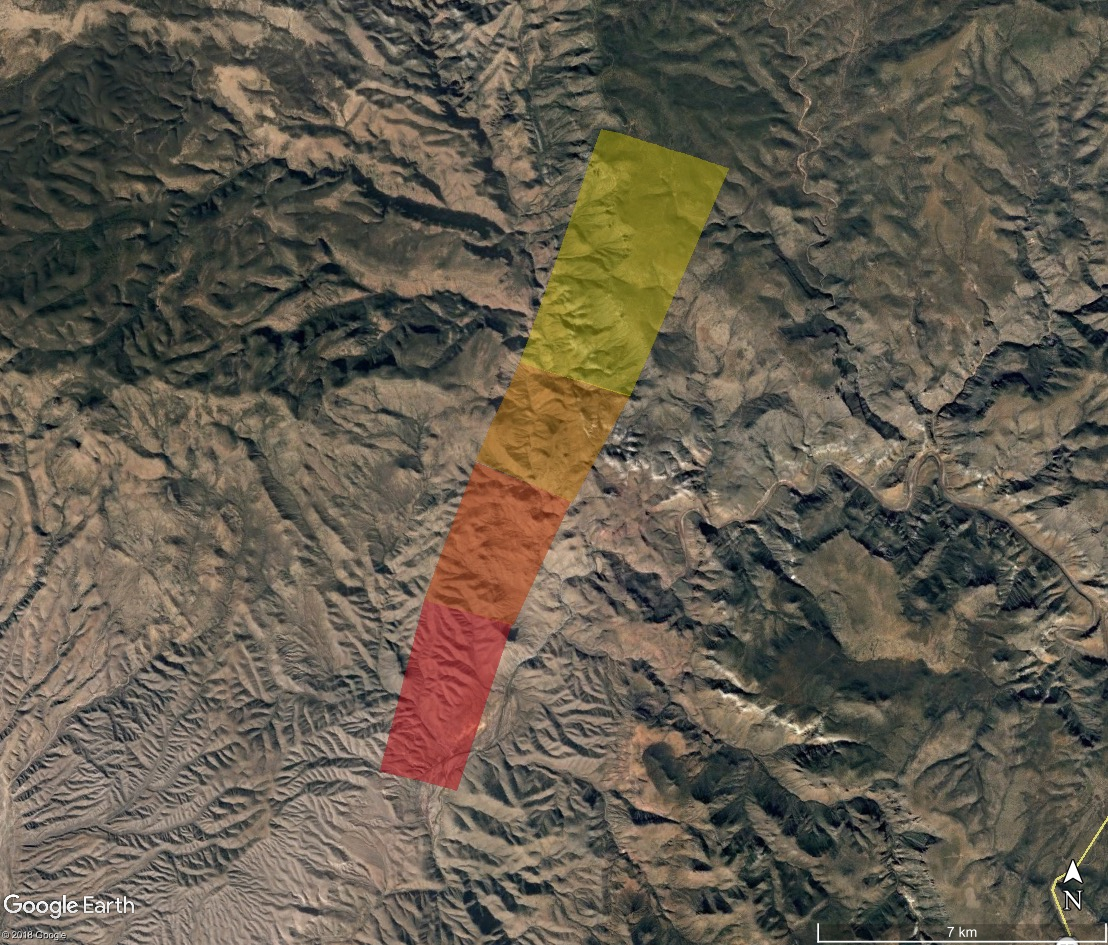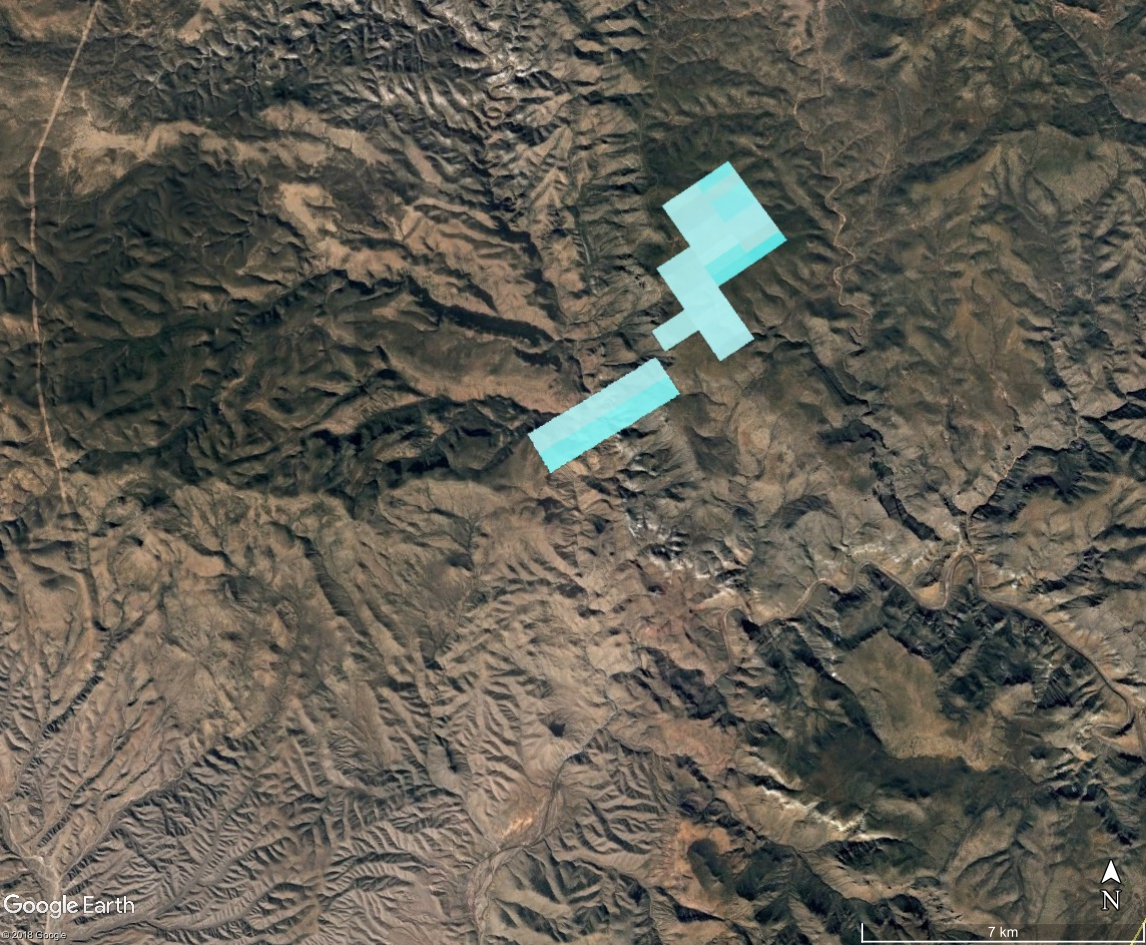DATE/TIME6/2/2016 @ 10:56 UTC6/2/2016
|
LAT/LONG33.855281 • -110.654072
33.855281
|

This meteorite fall occurred at 03:56 AM local time on 02 June 2016, or 02 Jun 2016 10:56 UTC. Residents of Phoenix, AZ and surrounding towns reported a bright fireball traveling north to south, with eyewitnesses as far away as Salt Lake City, UT, the Los Angeles, CA area, and western Texas.
Meteorites have been recovered from this event.
This event is recorded as American Meteor Society event number 1882 for 2016. Signatures of falling meteorites can be found in imagery from a single radar, but the data are deceptively weak for what is actually a sizable meteorite fall. In the NEXRAD weather radar network operated by NOAA, the KSFX radar outside Flagstaff, AZ records signatures of falling meteorites.
The first appearance of falling meteorites on radar occurs at 10:57:55 UTC and 9,740 m above sea level (ASL) in the 1048 UTC data set for the KFSX radar in the 4.5 degree elevation radar sweep. Signatures consistent with falling meteorites appear in a total of only two radar sweeps from that radar, with a small final signature appearing at 11:01:33 UTC.
Calculations of mass and total number of meteorites based on weather radar data indicate that this meteorite fall is approximately 0.7x the total mass of the Park Forest, IL meteorite fall in 2003. The fragmentation behavior of the Dishchii’bikoh fall is typical for an average meteorite, based on comparison with other meteorite falls seen in weather radar data.
Meteorites recovered from this event have been classified by the Meteoritical Society as an LL7 chondrite.
